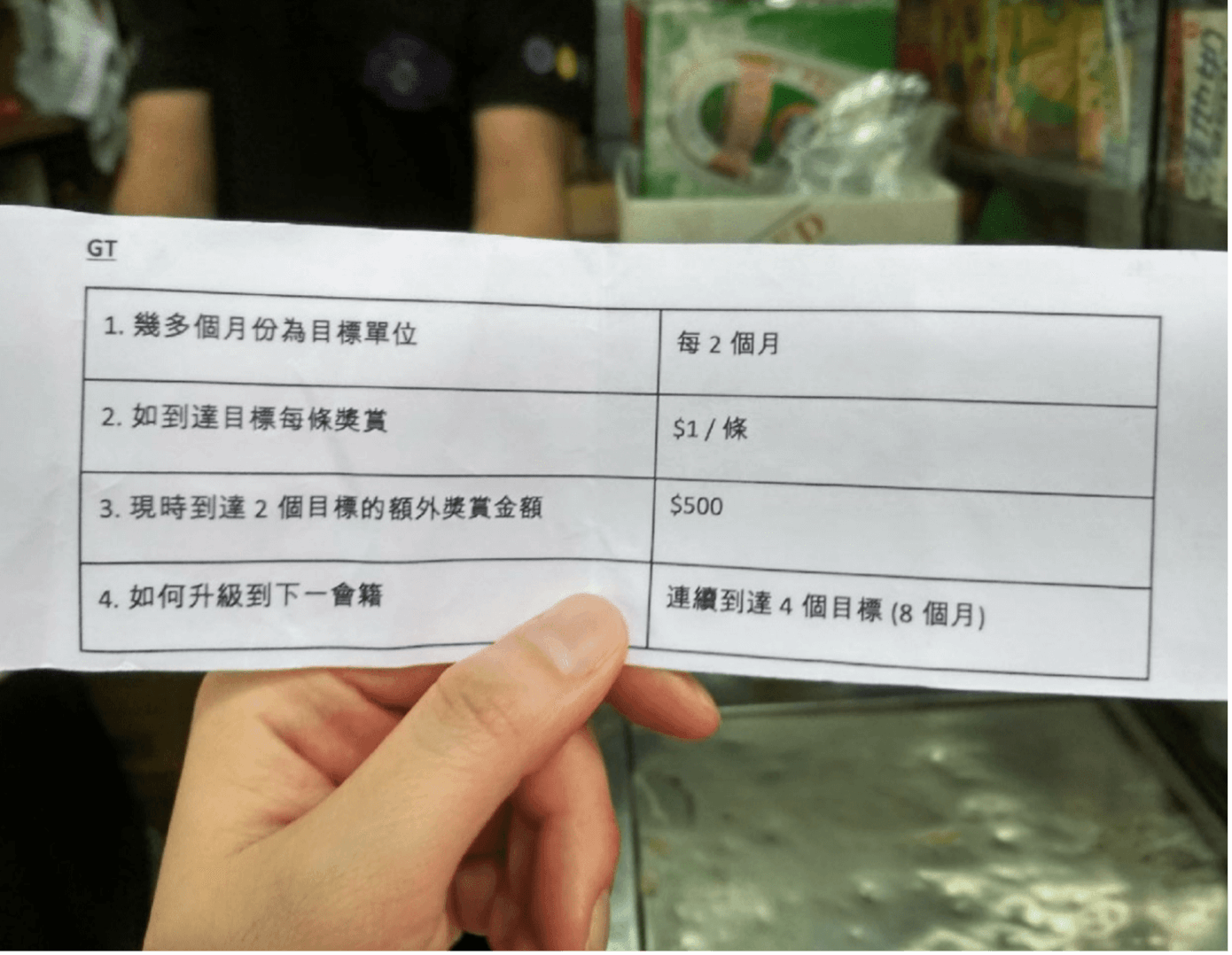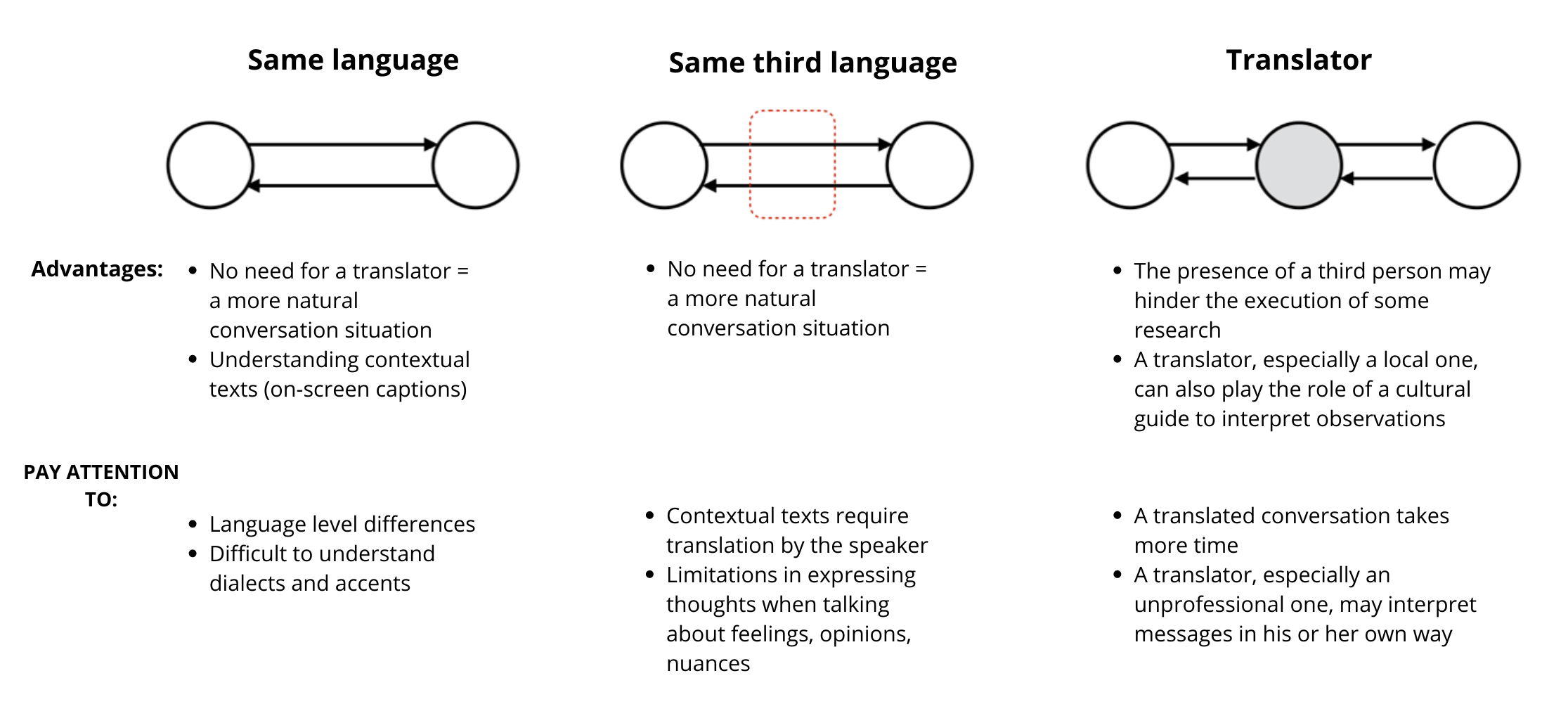So it turns out that your users don’t live in your country. They do not speak your language. Are they somewhere far away, maybe on other continents? How to conduct international UX research? What should you avoid? How not to go bankrupt?

My son is really enjoying the book about the Giraffe and the Penguin* (I am too, by the way!). In the story, Giraffe and Penguin write letters to each other even though they have never seen each other. In the letters, Penguin describes to Giraffe what he looks like. Based on Penguin’s information, Giraffe tries to recreate what Penguin looks like. This is what he gets…
Now think about a situation when doing international UX research you collect information from respondents coming from culturally distant countries. Will your findings resemble a drawing of a Giraffe? Unfortunately, such a risk exists. We face these challenges when we conduct research abroad, for example among employees of a large corporation scattered around the world or among distributors of a company that sells its products in many countries. What actions can we take then to see a picture of Penguin closer to the reality?
International UX research – write letters or fly?
Conduct the study in another country yourself or outsource to a local firm? Let’s take a look at what choosing each approach entails:
Implementing an international study yourself:
+ greater control over implementation and consistency of approach (you are confident that you are implementing the study the same way in different countries),
– language barriers,
– cultural barriers,
– in case of fieldwork – possible high travel costs.
Outsourcing the study to a local research team:
+ knowledge of local culture and nuances by the local contractor – this can also be helpful at the stage of analysis and interpretation of results,
+ no language barriers,
– requires solid credentials of the implementing partner
– requires supervision of implementation,
– less control over implementation e.g. less data integrity possible.
Nowadays, when UX research is most often done online, certainly more researchers choose to conduct research on their own with participants in different countries. However, when the research must necessarily be done in the field, travel costs can be a big barrier. On the other hand, linguistic and technological challenges will play a bigger role in case of remote surveys, e.g. it is more difficult to understand a difficult accent over the phone or videoconference, than by talking to respondents live (fortunately, technology can also help us, e.g. Google Meet allows to enable live English subtitles).
It is a good idea to conduct the research on your own, but with the help of a local “cultural guide” – a person on the ground who will help with organisational issues, introduce to the local culture, and support in data interpretation. For example, when we conducted ethnographic research in Hong Kong, our local coordinator arranged interviews but also showed us how important it is to make the first contact through a person known to the respondent in order to build trust. She also supported us linguistically during the field observations. At the analysis stage, she provided invaluable help in interpreting difficult-to-understand observations.
If we decide to subcontract international UX research to a local contractor we should remember about specific issues:
- before the research not only provide the contractor with a set of materials but also thoroughly discuss with them the goals and course of the research and the expected form of communicating the results.
- during the research we should control the quality of incoming data: are the interviews or observations conducted according to our assumptions? Are the collected data sufficiently detailed and of appropriate quality?
- keep in touch with the researcher in order to dispel any possible doubts,
- after the study is completed, discuss the results together to make sure we understand each other (language issues can play tricks on us!).

In the language of the penguin or in the language of the giraffe?
If we decide to conduct a study on our own, such as interviews or an ethnographic study, we may collide with a language barrier. Should you conduct the interview in English? Or hire a translator? Before you make a decision, consider:
- What is the language competence of your interviewees? Will the interviewees be able to converse freely in a foreign language? How will this affect the quality of the data you get?
- Will the interviewee be familiar with specialized terms in the language of the interview? For example, a doctor who reads specialist literature in English may have no problem with this, but an expert in another industry who works only in his native language may not necessarily know English specialist vocabulary. E.g., in the case of our interviews for an international furniture manufacturer, distributors from different countries gave us interviews in English without much trouble because they speak this language at work anyway. At the same time, the scope of the study did not require them to use very specialized language or talk about topics that were difficult for them.
- Wouldn’t limiting the sample to interviewees who speak English cause the sample to be skewed, i.e., not well representative of typical users?
- Do you want to talk about facts or perhaps opinions and feelings? – the second one is usually more difficult to express in a foreign language.
- Will any messages other than just what the respondent is talking about be important, e.g., what is displayed on their screen? Captions in the environment?
- What are your language skills – do you need to understand the finer nuances? Will an unusual accent of the interviewer not be an obstacle? Do you know the specialized vocabulary in the given language?
- Can you record the conversation so you can listen to it later?
- Will the presence of an interpreter interfere with the examination/test? Is prolonging the interview due to the need to translate a problem?
- Does the interviewee represent a culture very different from your own and will you need help interpreting cultural differences?

Remember also that if you want to test any materials with your subjects, you need to make sure that there is a good quality translation into the subjects’ language or into the common language of the interview. Due to the poor translation of materials, it happens that the discussion turns to grammar and style instead of the issues you are interested in. If you have the opportunity, test the materials (questionnaire, concept, text) with a native speaker of the language to check.
Reaching the penguins
Recruiting respondents outside your own market can be even more challenging than reaching respondents locally. Depending on the type of users you want to reach, different methods will work.
- Local agency – outsourcing this task to a local company that specialises in recruitment can be effective but can sometimes be expensive, especially if your target audience is not the typical Smith;
- International online panel – if you are conducting research remotely and not targeting a very narrow group, you can try using paid research panels that have databases of people willing to participate in research in many countries;
- Is there anyone in the market you want to study, who can help you get started? A representative? A business partner? A friend? Sometimes, once you’ve made the first contact, you can snowball the referral process – people who have already agreed to participate in the study can refer others. We used this method, among others, when recruiting for a challenging project for Intelliseq with patients and healthcare professionals, concerning genetic tests .
- Just as on the local market, reaching the right groups on social media can also work on foreign markets. As long as the language barrier is not an obstacle, it is worth trying this method.
Far beyond the horizon
When the scope of our research extends far beyond our own cultural circle, we need to increase our vigilance. We may find that cultural differences interfere with our planned course of inquiry. Pay particular attention to differences in the following areas:
- Openness – in some cultures talking freely with a stranger is taken for granted, in others less so. Take this into account when planning your study. Perhaps you need a slightly longer “warm-up” before moving on to more difficult topics? Or perhaps someone needs to get to know you so the conversation can proceed in a more relaxed atmosphere?
- Criticism – open criticism is acceptable in Western cultures, whereas in the East criticism tends to be more veiled, not explicitly expressed.
- Privacy – Different cultures will differ in their willingness to disclose information about themselves or their loved ones. Consider this, especially in exploratory and ethnographic research.
- Silence – The function of silence also varies culturally. In some cultures silence is unacceptable, in others it means wondering or just unspoken criticism. Silence can be particularly difficult to interpret in telephone conversations. I became aware of this aspect during telephone interviews with Koreans when long moments of silence on the other end perplexed me, yet turned out to be a natural way of carrying on a conversation.
- What is considered offensive – before doing the research, find out e.g. from your local guide what might be considered offensive in a given culture (e.g. addressing someone by their first name, interrupting when they speak).
An expensive adventure
What can we do so that the implementation of international research does not kill our budget? You can certainly try to save money:
– by doing the research yourself, instead of outsourcing it to a local agency (check if it will be cheaper),
– by conducting research remotely with a partner that has proper tool setup and preparation,
– conducting research in English instead of the local language (make sure participants’ language skills allow it!).
Wondering what research method to use for yourself?
Technical obstacles
We are so used to certain technological solutions that we take them for granted. However, when it comes to conducting research in other countries, we should question such certainties and make sure, e.g:
- Do users in the studied market have the same access to modern technologies? Do they use them in the same way?
- Are the tools you want to use the same commonly used? – e.g. in some countries it will be easiest to complete an interview before WhatsApp, while in others this instant messenger will not be so popular (e.g. in China it is rather WeChat or Line).
- For a remote interview – will the user have a stable internet connection? Will the cost of data transfer not be a problem for him? – For e.g., for our interlocutors in the Democratic Republic of Congo and South Africa, the cost of internet data transfer sent during the interview was a significant barrier.
In each of these ways, however, you have to ask yourself how this decision might affect the quality of the results, and whether you can accept this limitation.
In the story of the Giraffe and the Penguin, the Giraffe eventually goes to visit the Penguin far over the horizon and finds out with his own eyes what the Penguin really looks like. I wish you could always manage to find out what your penguin looks like, even without a big trip to Antarctica.
*The illustrations of the Giraffe and the Penguin are by Jörg Mühle and are taken from Megumi Iwasa’s book “Greetings, Giraffe”, published by Dwie Siostry.






